
Poison ivy is a plant dreaded by hikers nature lovers hunters and basically everyone who spends time outdoors. The effects of coming in contact with poison ivy are unpleasant but they can be treated without having to see a doctor.
The rash that occurs after contact with poison ivy is called toxicondendron dermatitis and it is the allergic reaction to the oil of the poison ivy, called urushiol.
Poison ivy grows on low grounds in the form of a bush or a vine. Both types cause allergic reactions. The telltale signs of poison ivy are the “leaves of three”, or three leaves of approximately equal in size two of them placed one opposite the other and the third in the middle slightly above them. Poison ivy can be green, red, yellow or brown.
Symptoms of poison ivy allergic reaction start 20 to 48 hours after the contact. They include an itchy rash that may be blistering or “weeping”. The rash usually appears in the form of straight lines and streaks.
Home treatments for poison ivy rash can be highly effective but they need to start immediately.
Vitamin C is an important factor in curing a poison ivy rash. It should be taken orally 500mg four times a day, and locally, as a paste. The paste is made with vitamin C powder mixed with hot water gradually until a paste is formed. This paste should be applied three times a day until the symptoms subside.
Fresh aloe juice that is taken straight from the leaves provides relief to the rash. There is no need to rinse it. Calamine lotion may also be helpful.
Cool compresses with water or milk are also effective against poison ivy rash.
A warm bath with oatmeal added to it should help with the rash. For this treatment, any kind of oatmeal is ground until very fine and sprinkled over the water in the bathtub.
For a quick relief, over-the-counter Hydrocortisone creams or menthol cream can be applied directly to the affected area. The same goes for pantothenic acid or vitamin B5.
Jewelweed ice cubes are an excellent home remedy for poison ivy rash. This may seem contradictory as jewelweed usually grows close to poison ivy, but it does provide relief for the rash. These ice cubes are made with two jewelweed leaves finely mashed and boiled with some water. The mixture should simmer until it turns amber colored, and then strained. The liquid is used to make ice cubes that should be applied three or four times a day until the symptoms improve.
Poison ivy rash can be avoided by wearing long sleeves and pants and staying off areas that are plagued with poison ivy. Dead plants and leaves also carry the oil so they should not be touched either. It is important to know that all parts of the plant contain the oil that causes rash. In case the skin gets in contacts with poison ivy, the area should be thoroughly showered within 10 minutes of contact. That way there is still a possibility to wash off the oil.


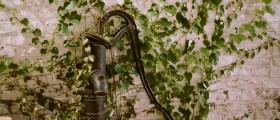


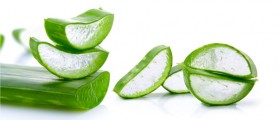
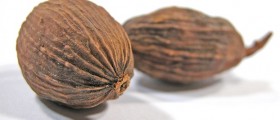
-Causes,-Symptoms-And-Diagnosis_f_280x120.jpg)
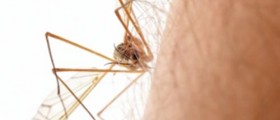

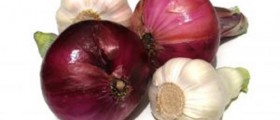
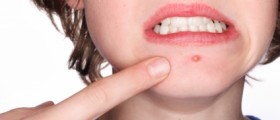
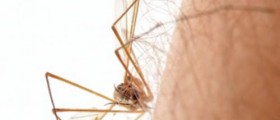
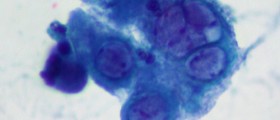
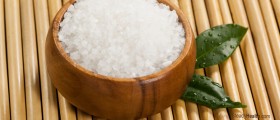
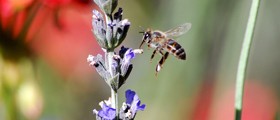
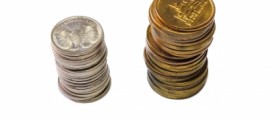
Your thoughts on this
Loading...